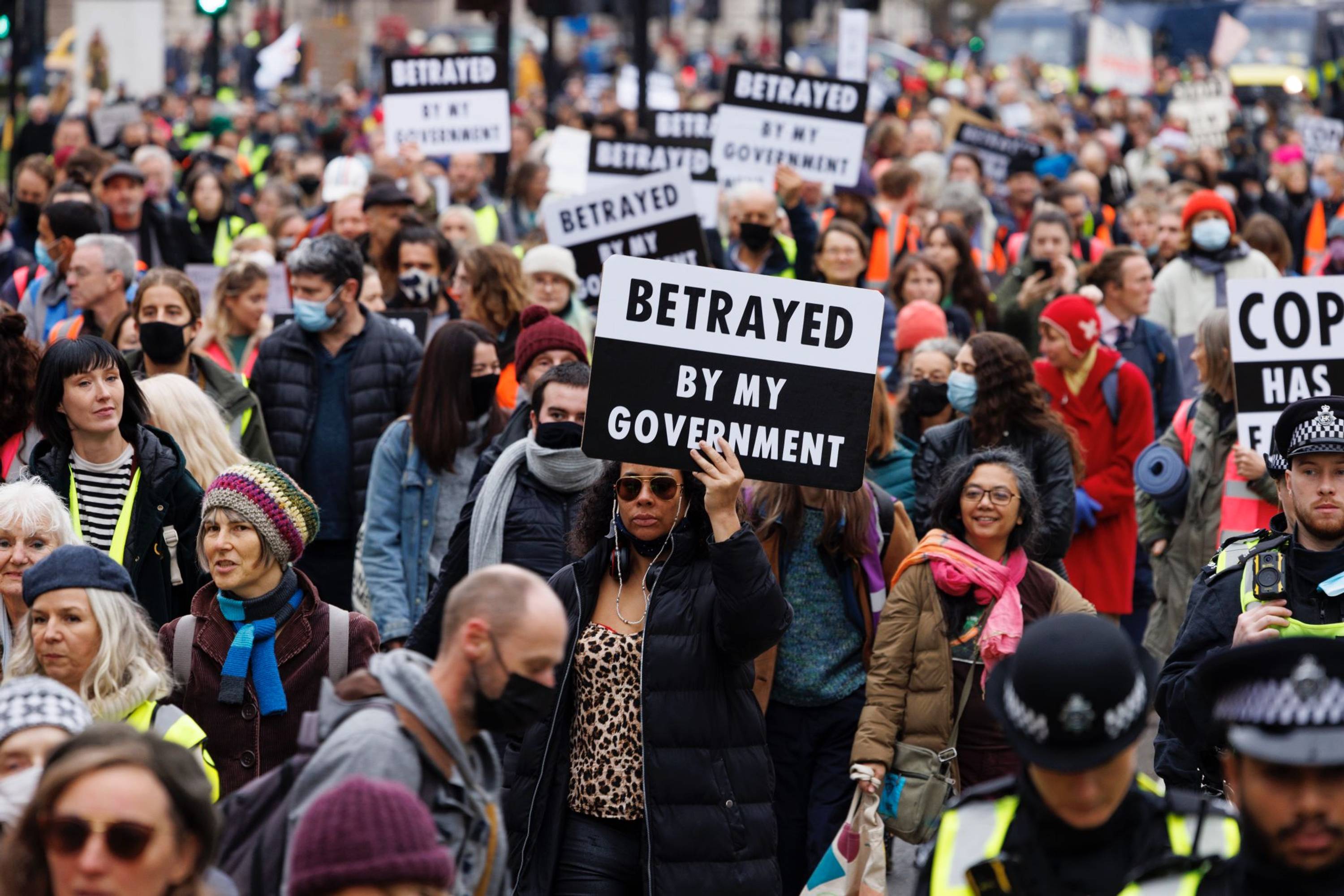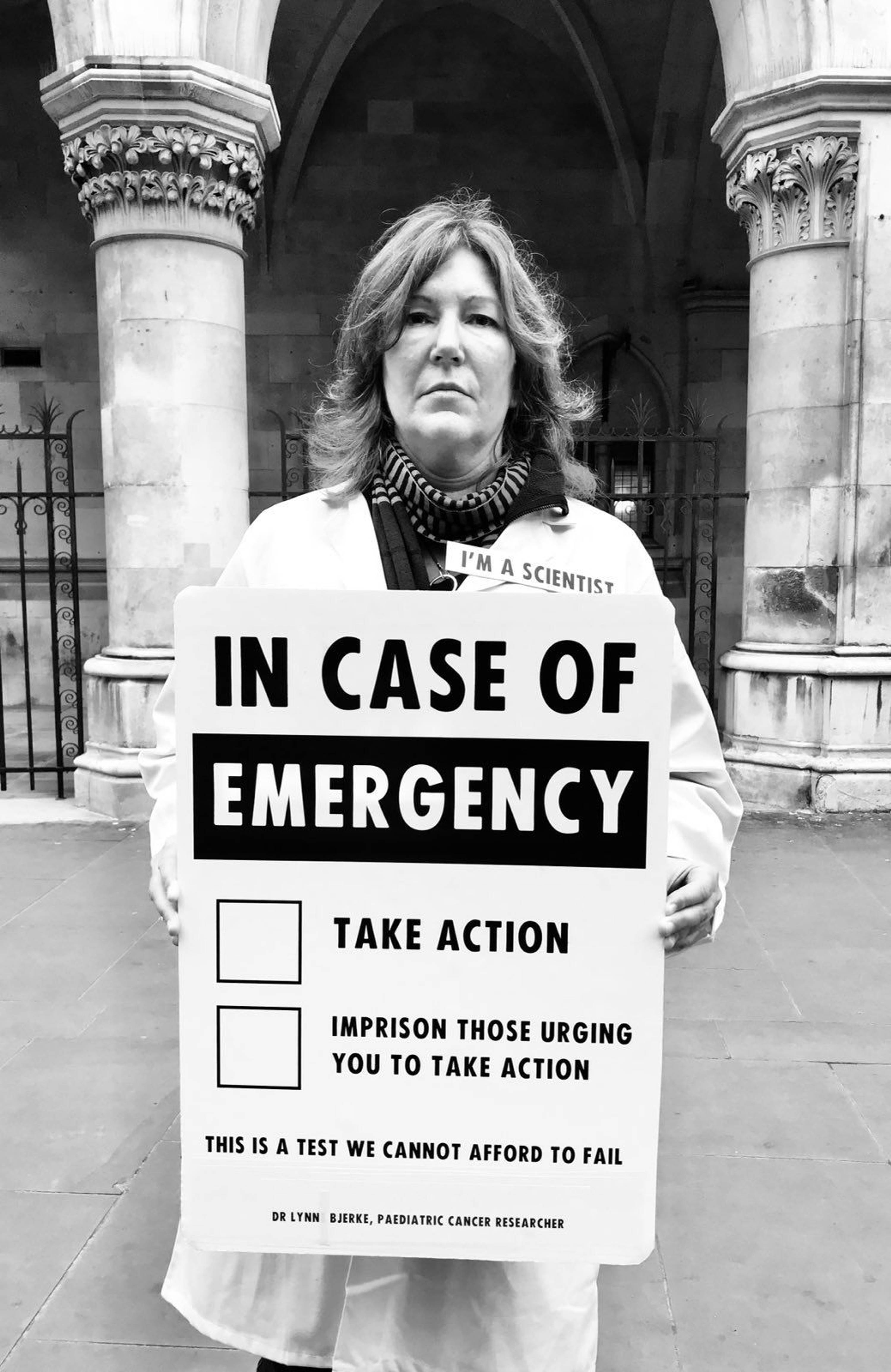From Pollutant to Product: Consumer Goods From Captured Carbon

We’ve already poured so much carbon into the atmosphere that now simply cutting emissions isn’t enough to forestall the effects of climate change. Sequestration has to be part of the solution, but we can’t possibly plant enough trees. So some folks are getting creative, using circular design principles to create new products out of our biggest problem waste. Earth911 publisher Mitch Ratcliffe recently spoke with three people whose companies pull carbon out of thin air and turn it from pollutant to product in a panel titled “Mining the Sky: Making Consumer Goods out of Captured Carbon.” Here we take a look at some of the consumer goods that these and other companies are making from captured carbon.
Direct Air Capture
Direct air capture (DAC) uses chemicals to remove carbon dioxide from air, essentially concentrating it. There are two types of DAC system; one uses liquid solvents and the other uses solid sorbents (like a chemical sponge). Once the carbon dioxide is captured from the atmosphere, the solution (or sorbent) is typically heated to release the carbon for use, and the other chemicals for another carbon capture cycle.
The climate change benefit of DAC depends on two factors – the source of the energy used in the carbon capture process, and how well the captured carbon is stored. Using fossil fuel-based power in DAC processes undercuts its effectiveness. The heat used for DAC must come from waste heat, renewable energy, or nuclear energy to significantly reduce atmospheric carbon.
When captured carbon is used to make consumer products, the lifespan of the product will determine how long the carbon stays out of the atmosphere. Single-use products and consumables (like carbonated beverages) will quickly release the carbon back into the atmosphere, while construction materials may store the carbon for decades.
The first large-scale DAC plant is now being developed in the United States, but most of the 19 DAC plants already operating in Europe, the U.S., and Canada are small and sell the captured carbon for use in products and commercial processes. There are more companies collecting carbon from industrial emissions at the source. This is because carbon is much more concentrated in industrial smokestacks than in the atmosphere.
Concrete
One of the earliest and most promising consumer applications of captured carbon is concrete. A long-lasting material used in vast quantities, concrete is also said to be responsible for 4% to 8% of the world’s CO2, half of that from production processes. Using captured carbon in concrete can not only help offset the energy costs of producing concrete by up to 48%, but it can also reduce the energy cost of capturing carbon by skipping the energy-intensive purification step.
Cleaning Products
Cleaning products have nothing like the lifespan of concrete. But, there is a satisfying balance in scrubbing the atmosphere when you clean your house. A new laundry capsule from Unilever uses surfactants made with alcohols derived from captured industrial emissions. Although the new laundry detergent will initially be available only in China, it may eventually become an option for everyone looking for a greener clean in their clothes washer.
Expedition Air started as the consumer product division of a company that makes CO2-enhanced additives for concrete and anti-corrosion coatings. Now they partner with other companies to produce a wide variety of items. Each product incorporates materials made from carbon dioxide emissions and displaces more carbon-intensive materials used in their conventional counterparts. Among them is CleanO2, a line of soaps made with potassium carbonate captured from natural gas heating appliances.
Household Items
Expedition Air’s partners also make a variety of household items, from concrete coasters to crayons. Few of these products are likely to make a significant contribution to carbon sequestration. Instead, they serve as conversation starters. And for that purpose, few things could be more effective than artwork. Air Art is a program in which Expedition Air collaborates with artists through a residency program and other partnerships to showcase carbon capture technology. Ranging from science-themed T-shirts to colorful landscape paintings, each Air Art piece tells an environmental story. They also use materials that incorporate captured carbon.
Luxury Goods
At least one company is turning alcohols made from captured carbon to more luxurious uses than laundry. Air Company’s use of captured industrial carbon to manufacture jet fuel may be ironic. But their products also include pure alcohols that form the base for a gender-neutral perfume, Air Eau de Parfum, with jasmine, fig, and tobacco notes. (Although pure essential oil fragrances exist, nearly all commercial perfumes use an alcohol base. Alcohol is among the least problematic ingredients used in perfume and cologne.) Air Company also makes an 80-proof vodka.
Perhaps the ultimate luxury product, diamonds are pure carbon. And they are usually among the least ethical jewelry options. Even lab-grown diamonds, which have fewer environmental and human impacts than mined diamonds, have a huge carbon footprint because they are made from methane and require tremendous energy to produce. Aether diamonds improve on standard lab-grown diamonds by using DAC carbon as a source material and renewable energy to power their process. Each carat produced removes 20 metric tons (22 U.S. tons) of CO2 from the atmosphere.
AirCarbon
Made in facilities powered by renewable energy, AirCarbon is a plastic substitute. Using air and carbon dissolved in water, this plastic-like material does not require DAC. Instead, the makers of AirCarbon use a biological process. In a large saltwater tank, naturally-occurring microorganisms from the ocean form a polyester material called polyhydroxybutyrate (PHB). They manufacture the resulting plastic-like material into compostable straws and cutlery under the brand name restore. Although single-use products like these have little value for carbon sequestration, their replacement of disposable plastics is still a significant win for the oceans.
The cost of carbon capture will drop as new DAC facilities come online and increase the capacity of the technology. As carbon capture scales up, the number and type of captured-carbon consumer products will change. This product class could shift from conversation-starting novelties to one among many strategies for substantially reducing atmospheric carbon concentrations.
Very interesting! A bit of a complicated process it seems but it is good to see that other options are on offer!
The blog song for today is; " A little bit of soap" by Showaddywaddy
TTFN






